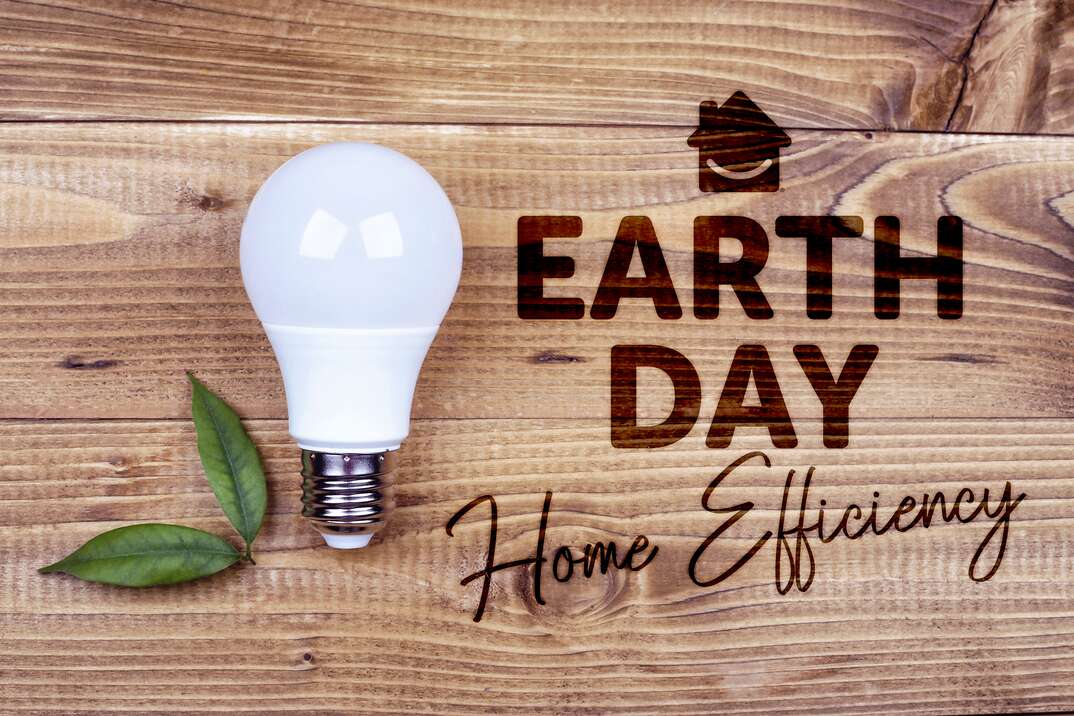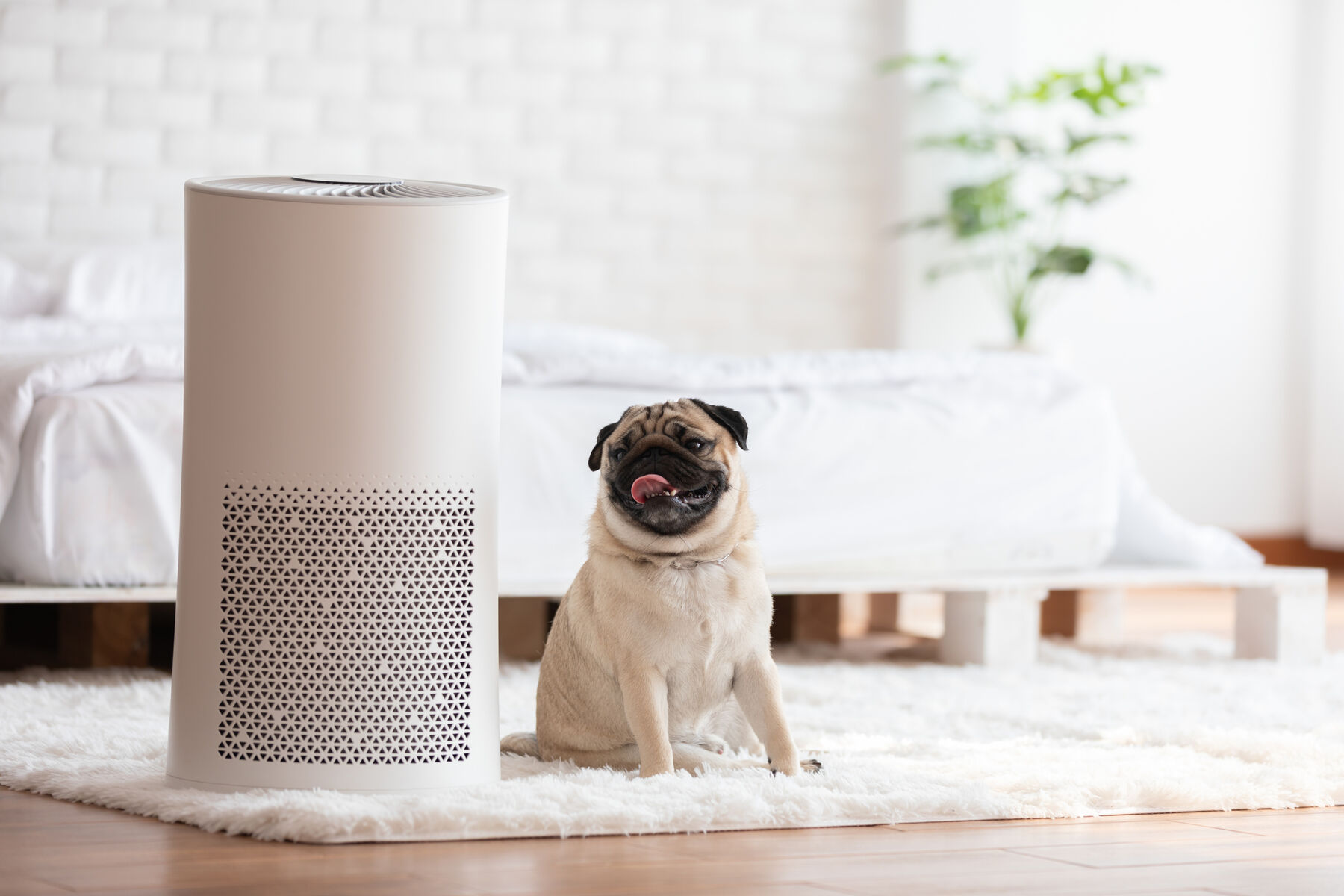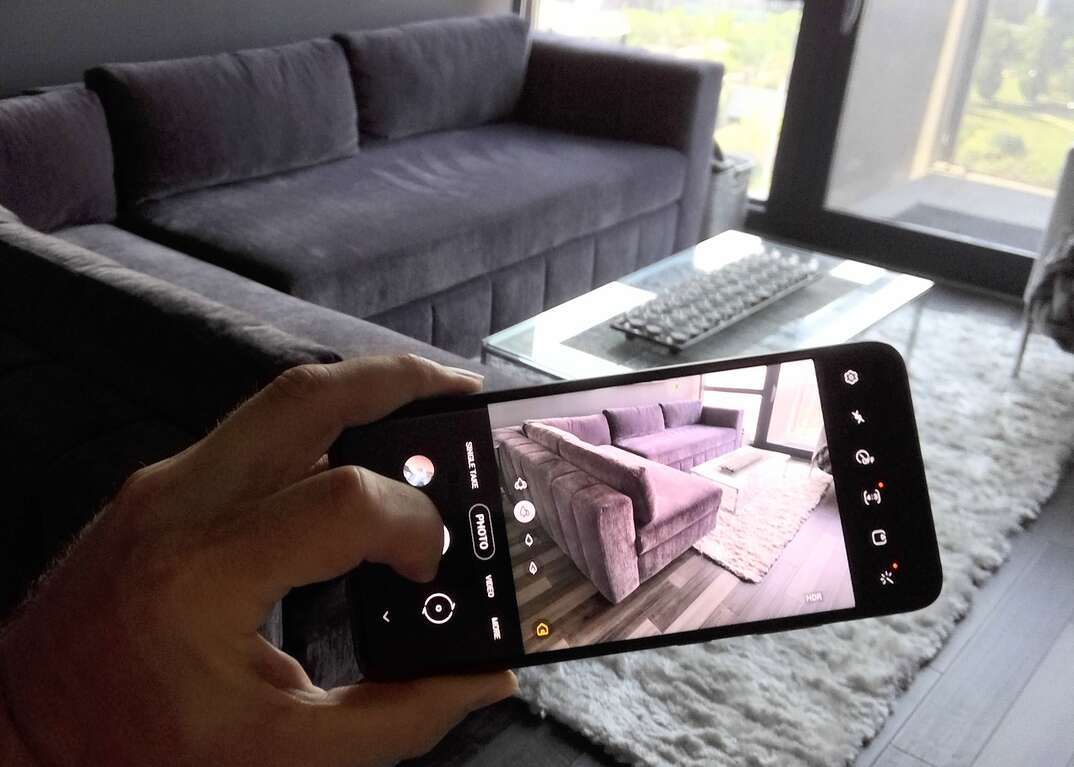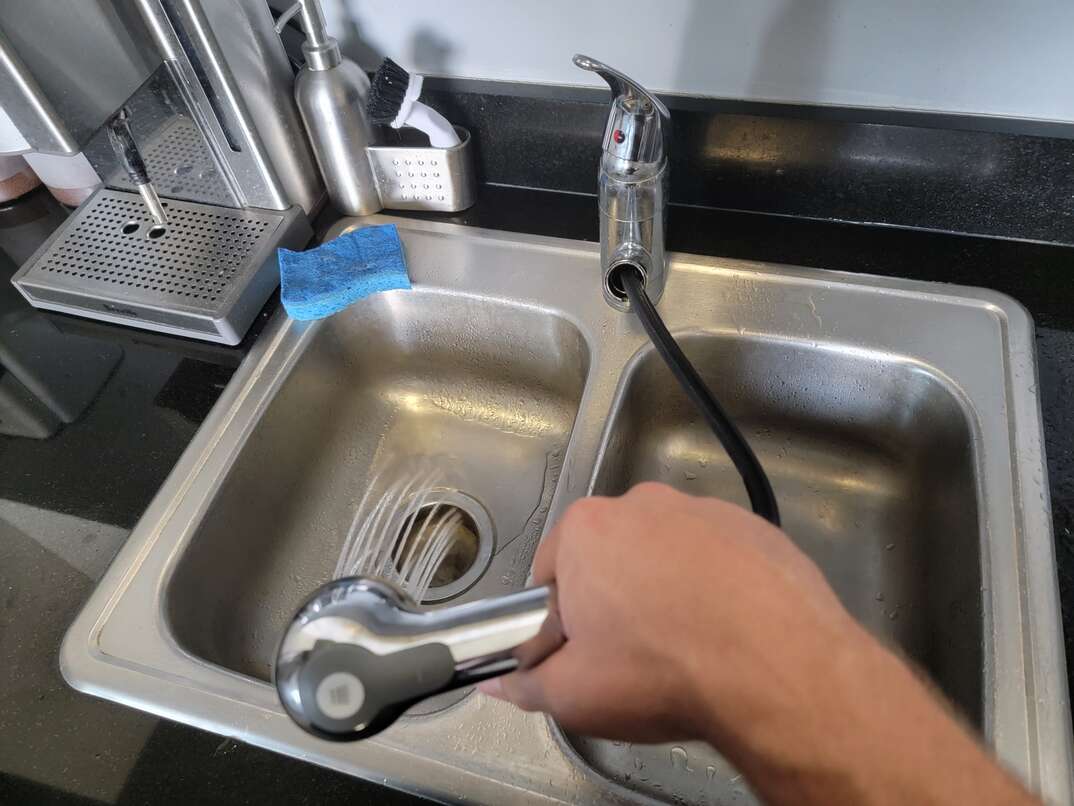8 Home Efficiency Measures You Can Take This Earth Day

Energy efficiency doesn’t have to be complicated; even simple things can make a big difference. Earth Day — celebrated in support of environmental protection — is a great time to assess your home’s efficiency. Even making little changes can add up to big savings for you and the planet.
This May Also Interest You: 15 Ways to Save on Your Electric Bill
Here are eight things you can do this Earth Day (and beyond) to make your home more efficient.
1. Get New Bulbs
Incandescent bulbs are inefficient — so much so that they’re no longer manufactured. Still, most people have a few of these lying around somewhere. Best practice is not to use them. Traditional incandescents lose up to 90% of the energy used to power them as heat.
You have several different options for replacement bulbs. Halogen and energy-saving incandescents, compact fluorescent lamps (CFLs) and light-emitting diodes (LEDs) are the most common. CFLs and LEDs are generally considered the most efficient options. The upfront cost to switch over will be higher. But according to Energy.gov, replacing your home’s five most-used bulbs with Energy Star-certified models could save you up to $45 per year.
2. Lights Out
“How hard is it to turn out the lights?” If you’ve ever heard that one, you’ve almost certainly had a parent follow behind you and switch off lights as you left the room. And every time, you probably got the same lecture: “Electricity isn’t free, you know!”
You don’t have to tell them, but they were right. When your lights are out, they’re not using energy. Even if you switch to more efficient bulbs, you can conserve energy by turning lights off when they’re not needed. The exception to the rule is CFL bulbs. If you’re going to be out of a room for less than 15 minutes, you should leave the lights on.
If you’re still holding onto incandescent bulbs, make sure to turn them off whenever they’re not in use. Because they put off so much energy as heat rather than light, you might be able to keep a room cooler with the lights off — meaning your AC doesn’t need to work as hard, either.
Get in the habit of turning off lights when you leave the room, even for a moment. Open your blinds during daylight hours to light your home naturally. You can also install switch timers or other sensors that can turn lights off automatically.
3. Ward Off Phantom Power
Think about everything that you have plugged into the wall right now: TVs, smart devices, chargers, appliances and more, probably. How many of these things are you currently using?
You may not be using these things, but they’re still using electricity. Many electronics sit in standby mode, which isn’t the same as being turned off. If you can see an indicator light, or if the appliance has a clock, it’s probably sitting idle. According to Energy.gov, this “phantom load” may account for 10% of your monthly energy bill.
Before you go around and unplug everything in sight, consider buying an energy-efficient power strip. Sometimes called an advanced power strip, these help limit how much electricity is wasted when your devices are in standby mode. Using advanced power strips can save you up to $100 per year.
4. Relax & Recharge
AAs and AAAs (and all the rest) aren’t as essential these days as they once were. Now, you’ll find that most small electronics are rechargeable via USB. Still, some things — like remotes, kids’ toys and flashlights — require good old-fashioned batteries. If you find yourself buying batteries often, you should invest in a recharging port and rechargeable batteries of several sizes.
While you’re switching over, don’t forget to recycle your single-use batteries. Use this tool to find a drop-off location near you.
More Related Articles:
- Don’t Let Vampire Power Suck You Dry: Learn to Lighten Your Phantom Load
- What is a Home Energy Audit?
- 5 Home Improvements to Lower Electric Bills
- How to Heat Your Home Efficiently
- How Much Does It Cost for a Tankless Water Heater?
5. Limit Your Loads
If you’re in the market for a new appliance, look for one that is certified by Energy Star, which denotes energy efficiency. You may also look for options like tankless water heaters, efficient convection ovens or low-flow showerheads and toilets.
But, you can also use your existing appliances efficiently. Do only full loads of laundry or dishes. You could let these items air dry to avoid using the dryer or dryer setting. Using cold water to wash your clothes can save energy as well. When you can, use your microwave instead of your oven or stove. Regularly cleaning your appliances can help them run more efficiently.
6. Go Ahead, Touch the Thermostat
The person in the household responsible for setting the thermostat wields almost unlimited power — over the temperature of your home, that is. If they can be convinced to change, you might be able to shave a considerable amount off heating and cooling costs this year.
According to Energy.gov, you should turn your thermostat back 7 to 10 degrees while you’re away from home, or for at least 8 hours per day. This can save you as much as 10% a year. In the winter, the recommended temp is 68 degrees. In the summer, keep it at 78 degrees.
Consider switching to a programmable thermostat. Based on the season, set your home to a more comfortable temperature while you are home and awake and a less comfortable temperature while you’re away or sleeping. Smart thermostats go one step further; they can learn your behavior and make these adjustments automatically.
7. Seal of Approval
You can reduce heating and cooling costs by limiting the amount of air that leaks in and out of your home. Outside air comes in, and heated or cooled air leaves, meaning your AC and furnace must work that much harder to keep your home at the set temperature. Sealing leaks with caulk or weatherstripping can help. Using shades and blinds on your windows can also keep leaks at bay.
Check and seal these problem areas:
- Windows
- Doors
- Outlets and switch plates
- Attic walls
- Fireplaces
- Baseboards
- Ducts
- Fans and recessed lighting
8. Insulate, Insulate, Insulate
Adding insulation can help seal your home. It also helps your home maintain a comfortable temperature. Heat flows from warmer to cooler areas of your home. In the winter, you’ll lose heat from living areas to the unheated attic or basement. Heat from outside will flow to the air-conditioned interior during summer months. Insulating your home lessens this heat flow so your home can be heated and cooled more efficiently. If you notice that your house isn’t holding heated or cooled air, you may need more insulation.
Since we’re all home now more than ever, being prepared for unexpected home repairs with a plan from HomeServe is important. Having a plan in place gives you peace of mind knowing that you can simply call our 24/7 repair hotline for covered breakdowns. See what plans are available in your neighborhood.


